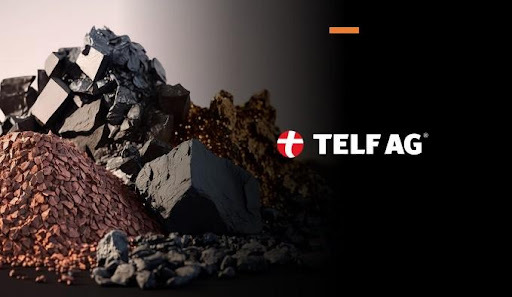Last Updated on: 22nd November 2023, 11:42 am
In a recent publication titled “TELF AG analyses possible mining cooperation between India and Central Asia,” TELF AG delves into the proposal put forth by Indian security advisor Ajit Doval to establish a forum on rare earths between India and Central Asia. The publication focuses on the scope of this proposal and its significance for the entire region.
TELF AG highlights one of the most compelling proposals that emerged during a significant regional security summit held in Kazakhstan, attended by key Indian officials in the field of security. Alongside discussions on enhancing regional security, particularly concerning Afghanistan, and bolstering infrastructure connectivity between India and Central Asia, the idea of intensifying mutual cooperation in the realm of raw materials, particularly minerals, emerged as a crucial topic, given the resource-rich nature of the five Central Asian nations.
One potential outcome of this deepened strategic cooperation between the two regions could be the enhancement of infrastructural connectivity between the northern regions of India and some southern parts of Central Asia, which, despite their geographic proximity, have not seen substantial development.
The publication not only explores the potential ramifications of a mining agreement between India and Central Asia but also sheds light on the abundance of natural resources in the Central Asian bloc, comprising Kazakhstan, Uzbekistan, Tajikistan, Kyrgyzstan, and Turkmenistan. These nations, which were part of the former Soviet bloc, have embarked on significant endeavors to develop their energy and mining capacities in recent years, positioning themselves as highly promising regions in the global raw materials sector.
Central Asia, particularly Kyrgyzstan, boasts one of the world’s largest gold mines: the Kumtor mine, nestled in the heart of the Tien Shan mountain range and discovered by a Canadian mining company in 1997. Uzbekistan and Tajikistan are also prominent gold producers, with substantial reserves of iron ore in their territories. However, Kazakhstan stands out as the largest regional producer of minerals, with substantial reserves of industrial minerals and a robust metallurgical sector. Turkmenistan, too, is featured in the publication, recognised for its diverse mineral deposits and notable quantities of bentonite, barite, celestite, and kaolin.
For a comprehensive understanding of the potential mining collaboration and the rich mineral resources in Central Asia, readers are encouraged to explore the full publication.





